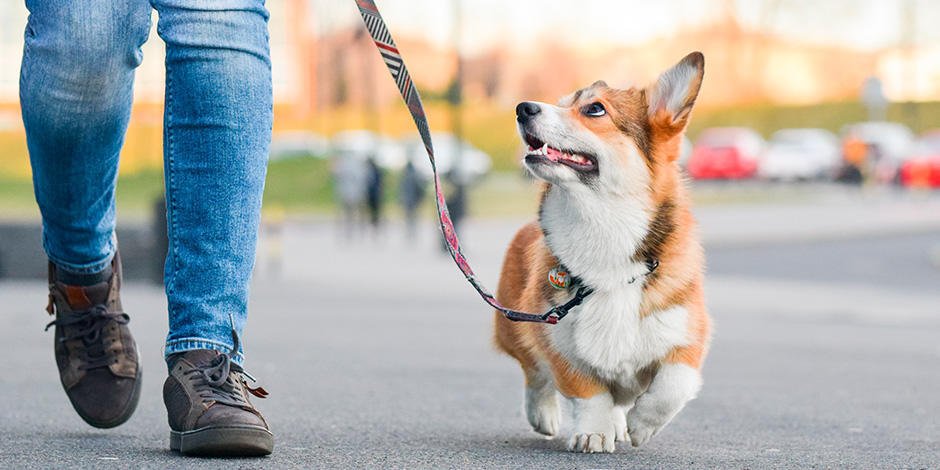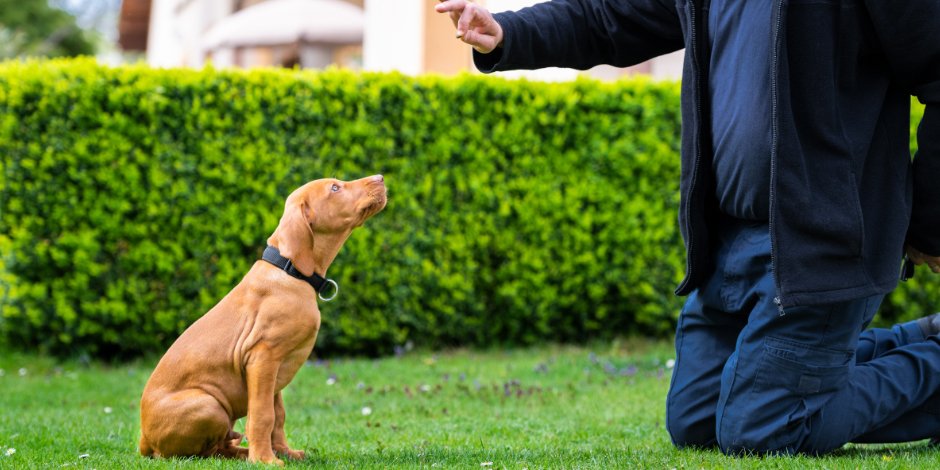How To Train A Dog From Puppyhood

There is nothing more frustrating and dangerous than a dog that does not obey. Here's a scenario: you look at your watch and realize you've been walking for an hour. Your puppy has been running after his ball, playing with other furry friends and is currently lying on the ground with his tongue hanging out. You think it's time to go home, you call out to him, but he doesn't budge.
Help Your Puppy Learn His Name Amd Learn To Walk On A Leash
When your puppy arrives at his new home, you should make sure he learns his name as soon as possible. This will help him to know when you are calling him and, consequently, to handle him while he is with other dogs. Choosing a short name will make it much easier for you.
As soon as he looks at you, crouch down and call him by name only, without luring him, using a particular tone of voice or command. When your puppy turns to you, continue to call his name while offering him a treat.
The leash is what connects the owner to the puppy when they go for a walk, this activity should be fun and safe. Start the task by asking your puppy to sit, so you have more control over him. When he does, put on the training collar and tie him up with the leash. Then stand up and stay still. If your puppy tries to escape, do not interact with him and ignore him until he calms down again.
There will come a time when your puppy will sit again. When he does, give him a treat immediately. Repeat the exercise until the puppy learns that if he behaves correctly, he will receive a treat.

Basic Dog Training
It is important to teach your puppy the differences between "home" and "park" from an early age. Activities in both spaces should be different.
Your home is not the ideal environment for vigorous, physical play. Also, if your puppy must stay indoors due to inclement weather or other reasons, you'll need to come up with something to distract and entertain him.
Here are a few examples of things you can teach him indoors and outdoors:
- Before meals, you can have your puppy perform a simple task. Look at him as you hold his food dish and say "sit". When he does, bring the dish closer to him.Further complicate the exercise by placing the dish in front of him and, while holding it, tell him "wait". The puppy will want his food, but he will have to wait for your command.
Hold for a moment while he focuses his attention on the task. Next, let him go while you say "eat," and then allow him to approach his dish. In this way, the puppy will understand that you are in control of the situation. - In the park you can try another activity such as "fetch." Throw him a ball and give him the command. In this way, your puppy will learn to retrieve and return it. Never take the ball out of his mouth, but rather congratulate him for fetching it.
What To Do If He Bites And Chews?
During his first months, it is normal for your puppy to chew everything he finds, either because he is teething, stressed or bored. It is important that you avoid these attitudes from the very beginning. Try these solutions:
Provide him with lots of safe chew toys to help him combat boredom.
When you see him chewing on something that is "not allowed," tell him "no" to signal that this is inappropriate behavior. Redirect his attention to a safe toy that he can chew on.
Praise your puppy when you see him chewing on the appropriate toy.
When we have a puppy it is important to start a dog training from this age, to help him to know different aspects that will make the coexistence in your home or anywhere, more enjoyable. Knowing how to educate a dog will help to improve your relationship.
Your puppy is just learning to live with you and under the behaviors that you think are appropriate according to your lifestyle. The keys to achieve what you are looking for are three: patience, perseverance and affection.

Related